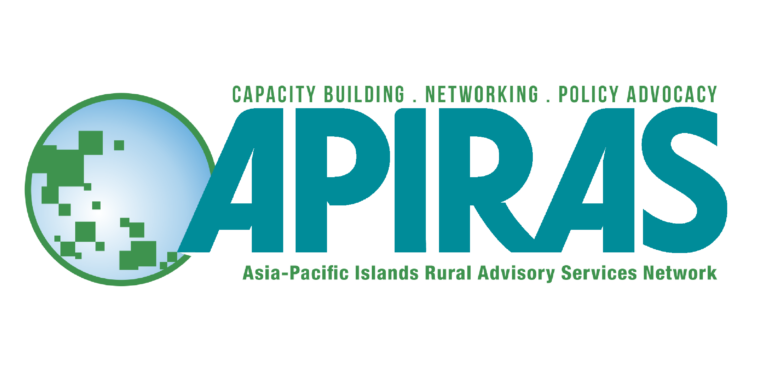April 2020, South Asia
Why gender-sensitive social protection is critical to the COVID-19 response in low- and middle-income countries
The COVID-19 pandemic and restrictions on movement to control the spread of infection are having profound impacts on the income and daily lives of people in low- and middle-income countries, particularly the poor. Governments and donors are responding by expanding social protection programs. Melissa Hidrobo, Neha Kumar, Tia Palermo, Amber Peterman, and Shalini Roy describe how the current crisis is also affecting gender relations, and why attention to gender in implementing expanded social protection programs is critical. They provide specific advice and propose actions to minimize harm during the crisis response period—and to ensure that longer-term gains in gender equity and empowerment can be maintained and built-upon post-crisis.—John McDermott, series co-editor and Director, CGIAR Research Program on Agriculture for Nutrition and Health (A4NH).
Many governments are using social protection programs to respond to the economic crisis and health risk induced by COVID-19. As of April 17, 133 countries had adapted or introduced 564 social protection initiatives, according to the World Bank. With the focus on rapid assistance, gender considerations have understandably not been at the forefront of these efforts. A rapid assessment of initial COVID-19 social protection responses indicates that only 11% show some (albeit limited) gender-sensitivity.

